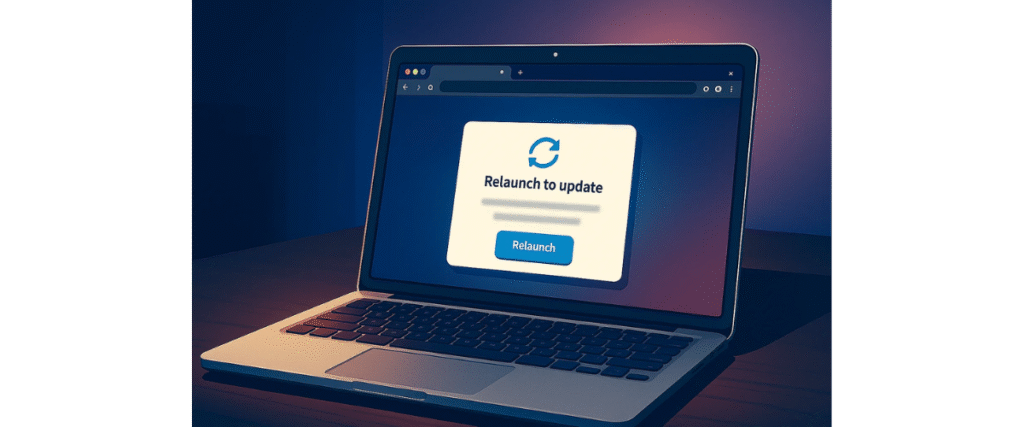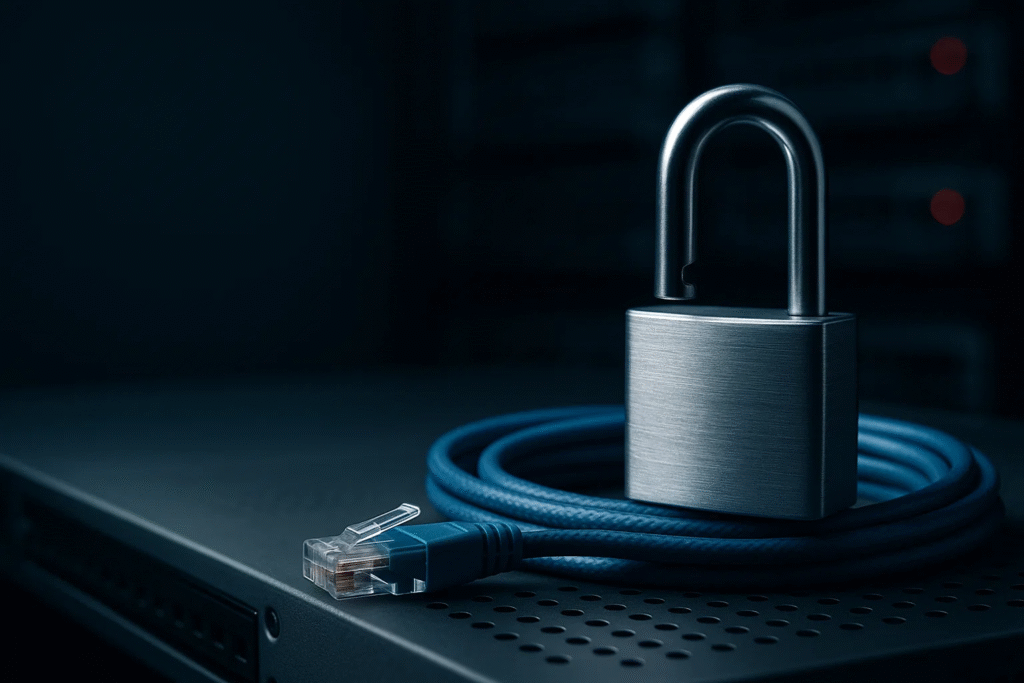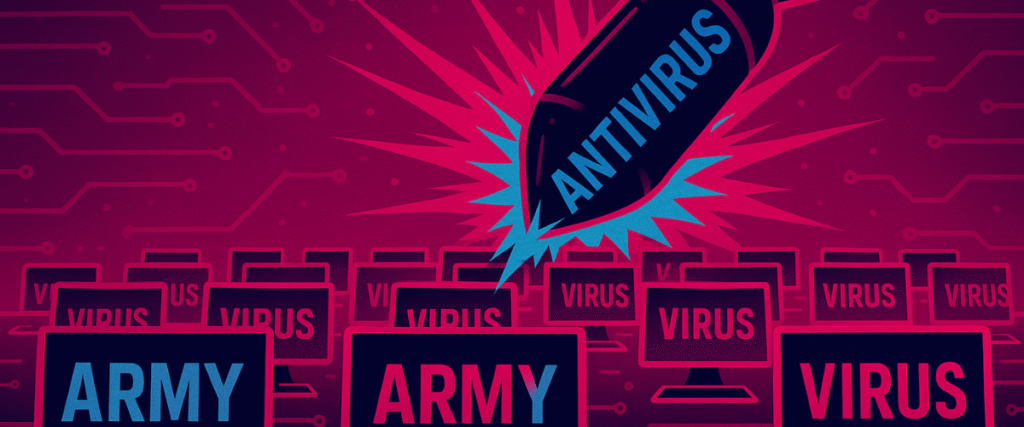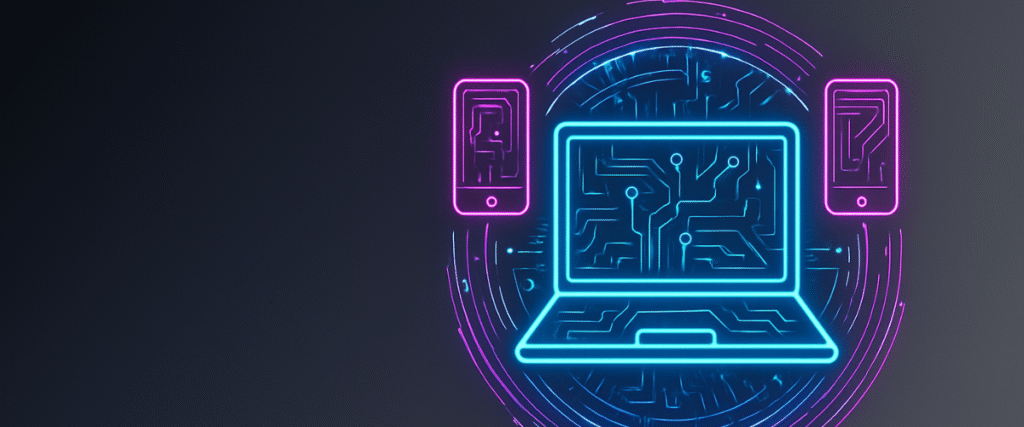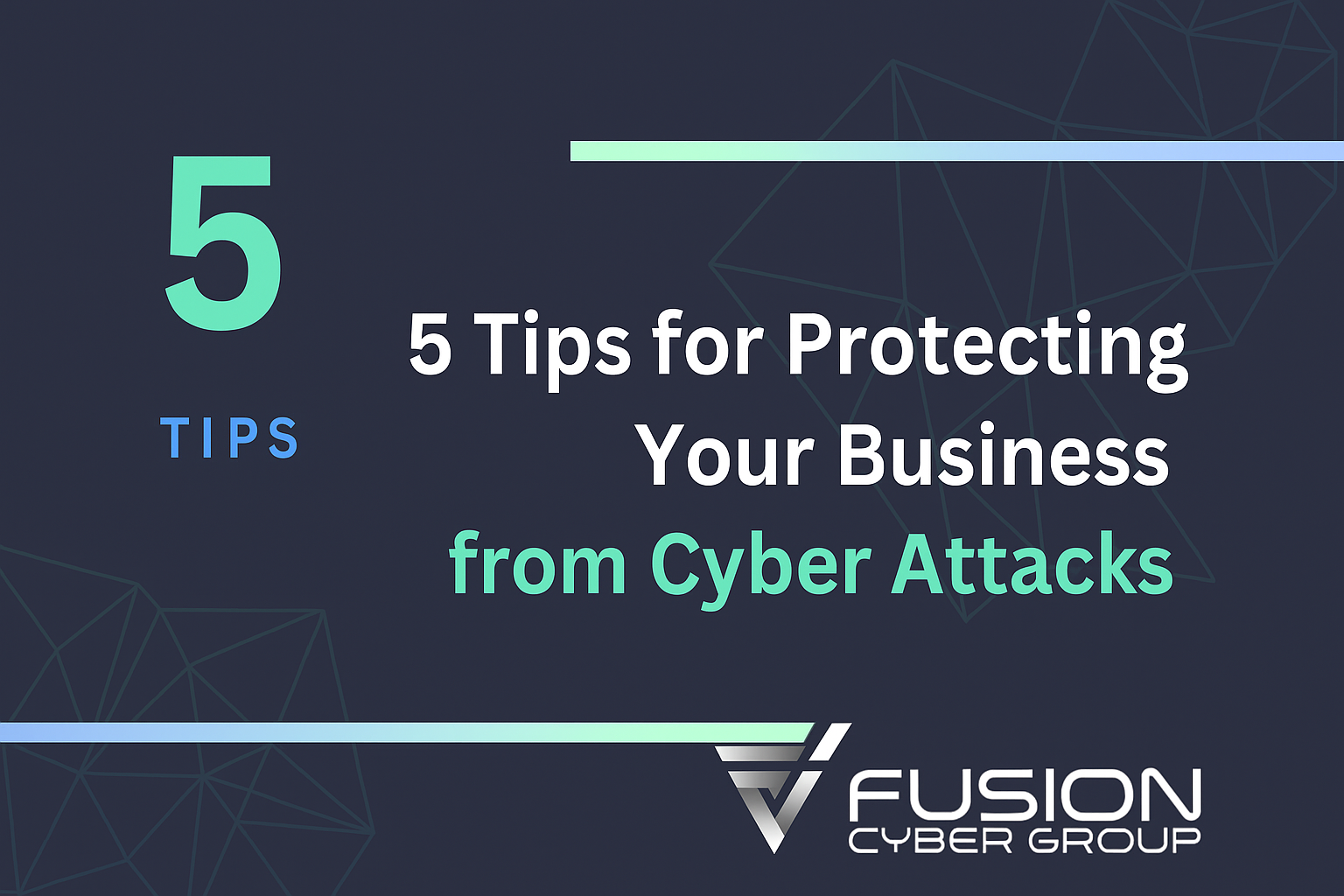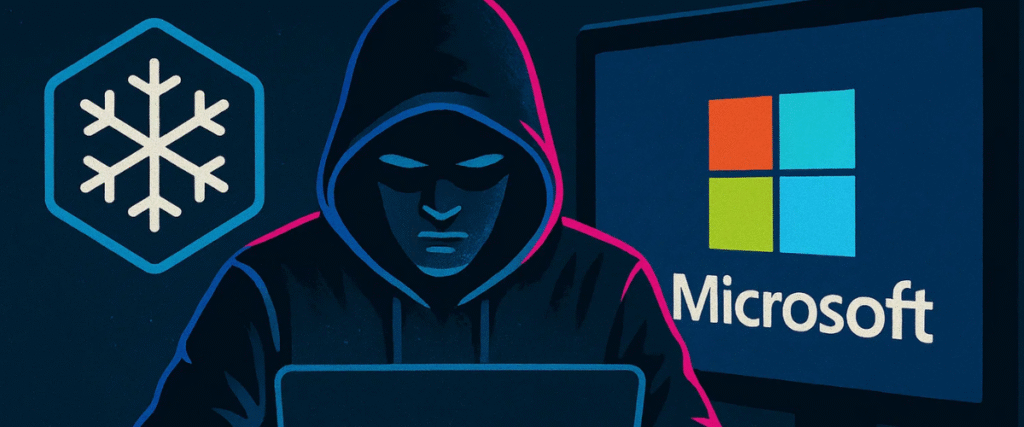Cybersecurity isn’t an add-on—it’s the offer. Build your MSSP before a breach builds it for you.
WHat you have to know
Cybersecurity is no longer a feature you bolt onto managed services—it’s the operating system of your business. If you touch client identity, data, or infrastructure, you are part of their attack surface, and adversaries will test your weakest control first: unprotected admin access, flat networks, stale backups, or sleepy after-hours monitoring. In 2015, a ransomware incident forced Fusion Cyber Group to confront this reality. The outcome was a complete rebuild from a well-run MSP to a security-first MSSP, replacing assumptions with telemetry, 24/7 eyes-on-glass, and rehearsed recovery.
Here’s the truth: prevention without detection is an illusion of safety. Firewalls, patching, and antivirus are foundational—but without behavioral detection (EDR/XDR), centralized logging (SIEM), a live SOC, least privilege, and tested, immutable backups, you’re gambling with client continuity and your own reputation. Executives don’t buy acronyms; they buy outcomes. Frame the conversation in numbers—ransomware at $150k+, downtime at $10k+/day, regulatory exposure up to $100k—and show how layered controls reduce those losses with measurable KPIs: MTTD/MTTR, phishing click rate, patch latency, and recoverability.
This article gives you a practical 90–180-day blueprint to make security your core offer. You’ll learn how to secure your own house first (RMM/PSA hardening, MFA everywhere), commit to a framework (NIST CSF or CIS Controls), standardize a unified stack to kill tool sprawl, and embed outcomes into contracts and QBRs. You’ll see what “good” looks like—SOC coverage, ATT&CK-mapped hunting, PAM, DLP, DNS filtering, immutable backups—and how to operationalize it with governance, policy, and drills. Most importantly, you’ll walk away with a sequence you can execute now: fewer tools, stronger signals, faster response, lower risk, and healthier margins. Security first. IT second. That’s how you protect clients—and build a resilient MSP.
The Monday That Changed Everything
In 2015, one of Dan’s clients suffered a full-scale ransomware attack.
- Seven servers encrypted
- Weeks of undetected reconnaissance
- Backups compromised
- Initial ransom: $140,000
- Final payment: $30,000 (negotiated)
- 100+ hours of recovery—absorbed by Dan and his team
Dan didn’t pass the cost to his client. He took responsibility—because trust matters and accountability doesn’t end at the invoice. That day forced a decision: shut down or become a truly security-first organisation. He chose the second.
“We didn’t know what we didn’t know. No tools were watching for unusual activity. No real-time visibility. The attackers were inside for weeks.”
The incident exposed a hard truth many MSPs learn too late: you can’t patch your way out of a determined intruder you can’t see. The absence of telemetry, correlation, and 24/7 eyes gave attackers time to move laterally, identify backups, and detonate at the worst moment. The result wasn’t only encrypted servers—it was a crisis of confidence.
The blast radius went beyond servers and shares. Finance couldn’t invoice, sales lost a week of pipeline activity, and leadership fielded anxious calls from clients who suddenly questioned continuity. Initial access likely came through a routine vector—phishing, credential reuse, or an exposed remote service—then privilege escalations and lateral movement did the rest. With no EDR to flag behaviour, no SIEM to correlate signals, and backups reachable on the same plane as production, the attackers owned the timing and the terms. The technical pain was acute, but the business pain—lost trust, uncertain cash flow, sleepless nights—was worse. That’s what turned “security later” into “security first.”
From “Well‑Run MSP” to Elite MSSP
Before the breach, the stack looked solid: firewalls, backups, weekly patching, and antivirus. It still wasn’t enough. Why? Because basics without detection, response, and governance create a false sense of security. After the breach, Fusion Cyber rebuilt around cybersecurity-first principles:
- Unified platform for endpoint, identity, email, and web protection
- EDR/XDR for advanced detection and automated containment
- 24/7/365 SOC with threat hunting mapped to MITRE ATT&CK
- Immutable/offline backups with tested recovery runbooks
- Least privilege and PAM (privileged access management)
- SIEM for centralised logging and executive reporting
- Security awareness with phishing simulations and just-in-time coaching
- Documented governance: policies, risk register, vendor management, and change control
The results since the shift:
- Zero breaches for fully protected clients
- Unified operations with consolidated, AI-driven tooling
- Profitable growth without chasing volume, because outcomes sell themselves
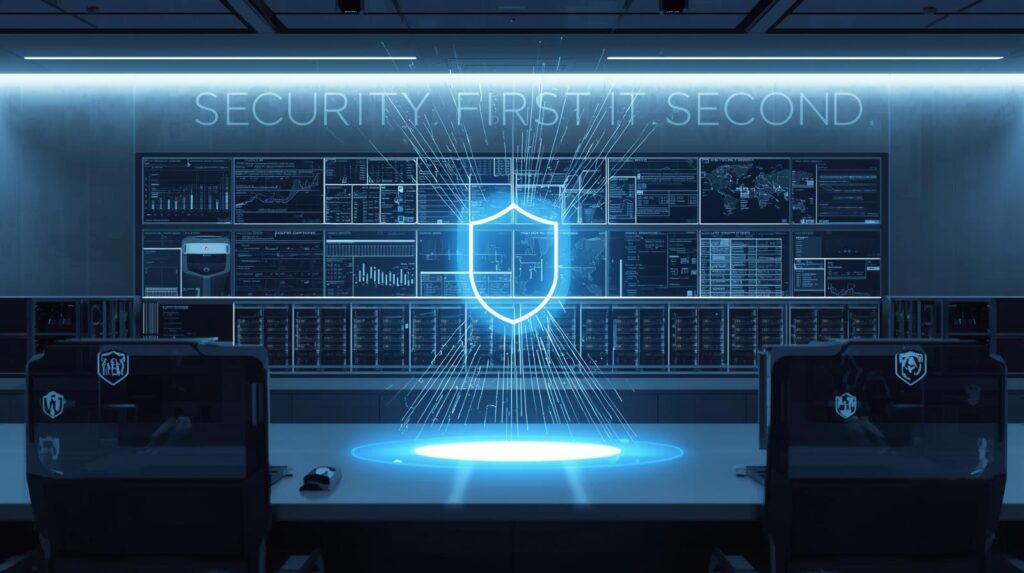
Security First. IT Second.
Many MSPs were born from break/fix or infrastructure backgrounds. The instinct is to lead with devices, tickets, and uptime—and to treat security as an add-on. That era is over. Attackers target access and automation: remote tools, email, identity, and supply chains. If you operate client infrastructure, you’re part of someone’s attack surface. That makes you a prime target.
Security-first MSPs flip the sequence:
- Design the security controls first. Services live inside those guardrails: MFA everywhere, least privilege by default, conditional access, EDR/XDR on 100% of endpoints, and immutable/offline backups with tested restores.
- Contract for security outcomes. SLAs commit to MTTD/MTTR, isolation windows, evidence retention, and executive reporting—then uptime and support. Minimum standards (MFA, EDR, backup testing) are non-negotiable.
- Operate as a security programme, not a ticket queue. SIEM/SOC telemetry drives decisions, change control is enforced, and runbooks define who isolates, who communicates, and who can pull the plug.
This doesn’t diminish IT. It enables IT by reducing chaos, shortening incidents, and protecting margins. Tool sprawl shrinks, signals get clearer, and engineers spend time on planned improvements instead of firefighting. Quarterly business reviews shift from “how many tickets” to risk reduction: phishing rates, patch latency, recoverability, and trend lines executives understand. Add tabletop exercises, PAM for admin access, and vendor risk checks, and you’ve turned reactive support into a governed, measurable security practice that scales.
Sell the Math, Not the Mystery
Executives buy outcomes, not acronyms. Dan reframes security in business terms:
- Typical ransomware incident: $150,000+ (ransom, forensics, rebuilds, legal)
- Potential regulatory fines: up to $100,000 (contractual, privacy)
- Downtime: $10,000+ per day (even for small firms)
Then he shows how layered controls cut those losses. That’s ROI you can see. A simple method:
- Quantify exposure. Map revenue per day, critical processes, and data sensitivity.
- Model scenarios. “Two-day email outage,” “seven-day file share disruption,” “client notification requirement.”
- Map controls to loss avoidance. MFA blocks credential replay; EDR cuts dwell time; immutable backups cap downtime; DLP reduces disclosure probability.
- Report quarterly. Show trend lines: phishing click rate ↓, patch latency ↓, MTTD (mean time to detect) ↓, MTTR (mean time to respond) ↓.
When numbers replace jargon, boards engage. Security becomes a business investment, not a grudge purchase.
The Biggest Red Flag? “We’re Too Small.”
The most common weak signal Dan sees is a mindset: “We’re too small to be targeted.” That belief is itself a vulnerability. Whether you’re a two-person MSP or a ten-user law office, if you hold client data and connect to the internet, you’re in scope. Adversaries automate scanning, credential stuffing, and phishing. They don’t filter by company size—they filter by weaknesses.
Red flags to watch for:
- No MFA on RMM, email admin, or cloud consoles
- Flat networks with shared local admin passwords
- Backups mounted 24/7 and reachable by the same credentials as production
- Alerts going to a shared inbox with no after-hours coverage
- Unmonitored service accounts and stale privileged roles
- Tool sprawl with overlapping agents and no correlated detections
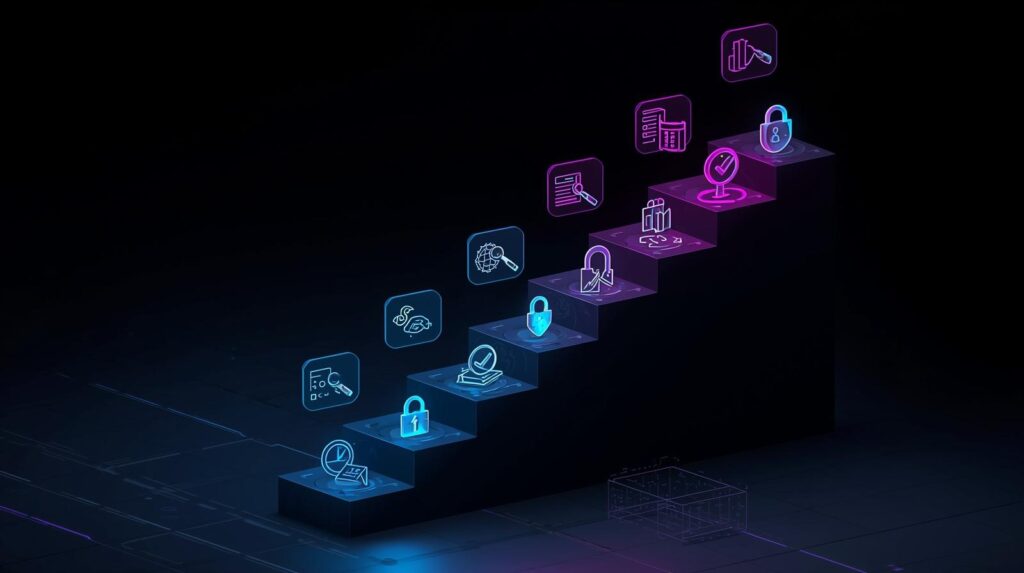
How MSPs Make the Leap—Starting Today
You don’t need a ground-up rebuild to move security-first. You need sequence, focus, and proof.
Step 1: Secure Yourself First
Treat your MSP as a crown-jewel tenant. Harden your own RMM, PSA, identity, and remote access. Enforce MFA and conditional access, rotate credentials, and segment admin functions. If your house isn’t secure, you can’t credibly secure others.
Step 2: Pick a Framework and Commit
Choose NIST Cybersecurity Framework (CSF) or CIS Critical Security Controls. Print the controls that match your business. Assign owners. Schedule cadence. Maturity grows when you measure.
Step 3: Measure Reality
Run a gap assessment against your chosen framework. Don’t guess—collect evidence. Export policies, control configurations, sample logs, and test restores. Convert findings into a risk register with likelihood/impact and due dates.
Step 4: Prioritise Controls That Stop Real Attacks
Focus on the high-signal basics that map to current adversary techniques:
- Identity: MFA everywhere; conditional access; identity protection alerts
- Endpoints: EDR/XDR with behavioural detections and auto-isolation
- Email/Web: Advanced filtering, impersonation defence, and sandboxing
- Privilege: Least privilege, PAM, and just-in-time elevation
- Patching: Defined SLAs by criticality; emergency out-of-band capability
- Backups: 3-2-1 with offline/immutable copies; test restores quarterly
- Monitoring: Centralised logs (SIEM) and 24/7 SOC coverage
- Training: Ongoing awareness and phishing simulations
Step 5: Standardize Your Stack
Reduce tool sprawl. Choose a unified, integrated platform for endpoint, identity, DNS/web, and email. Fewer agents mean fewer conflicts, faster remediation, and cleaner economics. Integration also powers richer detections—because signals correlate automatically.
Step 6: Prove Value with Metrics
Define a security scorecard shared with every client:
- MTTD/MTTR (mean time to detect/respond)
- Phishing susceptibility (click and report rates)
- Patch latency (time to remediate critical vulns)
- EDR coverage (% of endpoints; policy adherence)
- Backup recoverability (RTO/RPO achieved in tests)
Use the scorecard in QBRs (quarterly business reviews) to show trend lines and prioritise investments. When clients see risk decreasing, they keep buying.
Step 7: Contract for Outcomes
Bake security into every agreement. Include:
- Security SLAs (alert triage times, isolation windows, escalation paths)
- Evidence and reporting (monthly metrics, incident summaries)
- Change control (how exceptions are requested and documented)
- Minimum standards (MFA, EDR, backups as table stakes)
- Incident response playbooks (roles, comms, and authority to act)
When contracts align with outcomes, clients understand what they’re buying—and you can operate confidently.
What Good Looks Like (for an MSP Practice)
Operations
- 24/7 SOC with real-time alerting and managed containment
- Threat hunting mapped to MITRE ATT&CK tactics, techniques, and procedures (TTPs)
- Runbooks for common detections (malicious email, C2 beacon, suspicious script)
- Tabletop exercises with leadership and legal at least twice per year
Endpoints & Identity
- EDR/XDR across all devices with policy-based isolation
- Least privilege on endpoints; PAM for admins and service accounts
- MFA enforced for all admin and remote access; conditional access for high risk
Email & Web
- Advanced phishing and impersonation protection with banner and link isolation
- DNS filtering to block command-and-control and malversating at the source
- DLP (data loss prevention) policies for sensitive data patterns
Data Resilience
- 3-2-1 backups, including an offline/immutable copy
- Quarterly test restores measured against RTO (recovery time objective) and RPO (recovery point objective)
- Documented recovery runbooks with contact trees and roles
Visibility & Reporting
- SIEM centralising logs from identity, endpoint, email, firewall, and cloud
- Executive dashboards showing exposure reduction and incident trends
- Compliance mappings (e.g., NIST CSF, CIS Controls) for client audits
Human Layer
- Awareness training that is short, frequent, and relevant
- Phishing simulations with just-in-time coaching on failure
- Insider risk procedures for joiners/movers/leavers
Governance
- Policy library (AUP, password, incident response, backup, change)
- Risk register with owners, due dates, and residual risk ratings
- Vendor management with security reviews and contract clauses
Response
- Documented IR plan with internal and client communications
- Forensic readiness (time-synchronised logs, chain-of-custody process)
- Escalation matrix for legal, insurance, and law enforcement
Risks of Staying “IT‑First”
- Silent dwell time leading to business‑ending incidents
- Compliance drift that increases liability and jeopardises insurance claims
- Margin erosion from manual triage and overlapping tool licences
- Reputation damage that outlasts any single incident
Security-first MSPs invert these risks. They cut dwell time, win renewals on results, and command premium pricing because the stakes—and the value—are clear.

The 90/180‑Day Security‑First Plan
Owner: MSP leadership (with a named Security Lead)
Timeline: 90 days to baseline; 180 days to mature
Days 0–30: Establish the Foundation
- Choose NIST CSF or CIS Controls; publish scope and definitions
- Complete an internal gap assessment with evidence collection
- Enforce MFA everywhere; harden RMM/PSA and remote access paths
- Snapshot and secure backups; add an immutable/offline copy
- Draft core policies (AUP, password, backup, IR, change control)
Days 31–60: Instrument and Standardise
- Deploy EDR/XDR across all managed endpoints; set isolation runbooks
- Centralise logs into a SIEM; integrate identity, endpoint, email, firewall
- Turn on advanced email/web controls and impersonation protection
- Launch phishing simulations; begin monthly awareness micro‑lessons
- Publish minimum standards for all clients and update SOWs
Days 61–90: Operate and Prove
- Onboard to a 24/7 SOC (internal or partner) for triage and response
- Run a tabletop exercise; fix gaps in authority and communications
- Perform a backup restore test; record RTO/RPO; remediate gaps
- Launch executive dashboards and a client security scorecard
Days 91–180: Mature and Scale
- Implement PAM (admin approval workflows; password rotation; JIT access)
- Roll out conditional access and risk-based authentication
- Expand threat hunting playbooks; map to common ATT&CK techniques
- Formalise quarterly risk reviews tied to budget and roadmap
- Consolidate tools; retire duplicates; negotiate platform pricing
Real‑World Lessons for MSP Leaders
- You own the blast radius. Attackers will leverage your privileged tools. Protect them as if your business depends on it—because it does.
- Telemetry beats instincts. Alerts, not hunches, detect lateral movement. Log it, correlate it, defend it.
- Recovery is a team sport. Test restores, rehearse communications, and empower decision‑makers. Speed is the currency in a crisis.
- Fewer tools, better outcomes. Consolidation drives signal quality and margin. Integration is not a nice‑to‑have—it’s your control plane.
- Teach the board the numbers. Replace jargon with loss avoidance and trend lines. Security budgets follow clarity.
What Clients Should Expect from a Security‑First MSP
If you’re an SMB leader evaluating MSPs, demand the following as table stakes:
- A written security programme mapped to NIST CSF or CIS Controls
- Proof of 24/7 monitoring and documented response runbooks
- Evidence of immutable backups and recent restore tests
- MFA enforced in the MSP’s own environment and yours
- Quarterly security scorecards with MTTD/MTTR, patch latency, and phishing metrics
- Clear incident communications: who speaks, to whom, and when
When providers show their receipts—evidence, metrics, and cadence—you can trust the service, not just the salesperson.
Final Thought
Cybersecurity can’t sit beside your services—it must shape them. The 2015 ransomware wake-up proved that prevention without detection is false comfort. When you lead with telemetry, 24/7 monitoring, least privilege, and rehearsed recovery, incidents shrink, trust grows, and margins stabilise. This blueprint replaces tool sprawl with unified controls, replaces jargon with business metrics, and replaces reactive firefighting with governed, repeatable operations. Start by securing yourself, commit to a framework, standardise your stack, and contract for outcomes. The payoff is resilience you can measure and clients who stay because risk goes down quarter after quarter. Security first. IT second.
Featured links:
Managed Cybersecurity Services
FAQ:
Why isn’t antivirus and a firewall enough?
Modern attacks use phishing, credential replay, and living-off-the-land techniques that bypass static tools. You need behavioural detection (EDR/XDR), 24/7 monitoring, least privilege, and tested, immutable backups to contain real-world threats quickly.
We’re a small MSP—are we really a target?
Yes. Attackers automate scanning and credential stuffing, then pivot through remote tools. Size doesn’t matter; weak controls do. Enforce MFA, harden admin paths, monitor continuously, and segment privileges to limit blast radius and liability.
What metrics prove security ROI to executives?
Show reduced mean time to detect/respond (MTTD/MTTR), lower phishing click rates, faster patch latency, and successful restore tests meeting RTO/RPO. Tie those indicators to avoided downtime, regulatory exposure, and rebuild costs for clear business impact.
How do we start moving security-first in 90 days?
Pick a framework (NIST CSF or CIS), run a gap assessment, enforce MFA, deploy EDR/XDR, centralise logs, and onboard 24/7 SOC. Test restores and run a tabletop. Standardise contracts with minimum security standards and reporting.
PROBLEM
MSPs treat security as an add-on.
IMPACT
Undetected intrusions, costly outages, broken trust.
SOLUTION
Security-first operations—MFA, EDR/XDR, SIEM+SOC, immutable backups—governed by NIST CSF/CIS.
CONSEQUENCE
Do it now and cut risk, prove ROI, and grow margins—or wait for a breach to rewrite your business for you.
Our Cybersecurity Guarantee
“At Fusion Cyber Group, we align our interests with yours.“
Unlike many providers who profit from lengthy, expensive breach clean-ups, our goal is simple: stop threats before they start and stand with you if one ever gets through.
That’s why we offer a cybersecurity guarantee: in the very unlikely event that a breach gets through our multi-layered, 24/7 monitored defenses, we will handle all:
threat containment,
incident response,
remediation,
eradication,
and business recovery—at no cost to you.
Ready to strengthen your cybersecurity defenses? Contact us today for your FREE network assessment and take the first step towards safeguarding your business from cyber threats!










